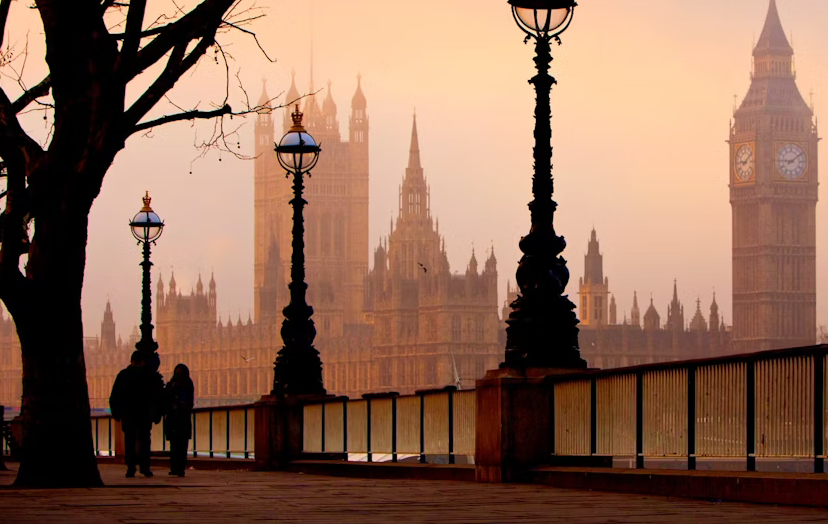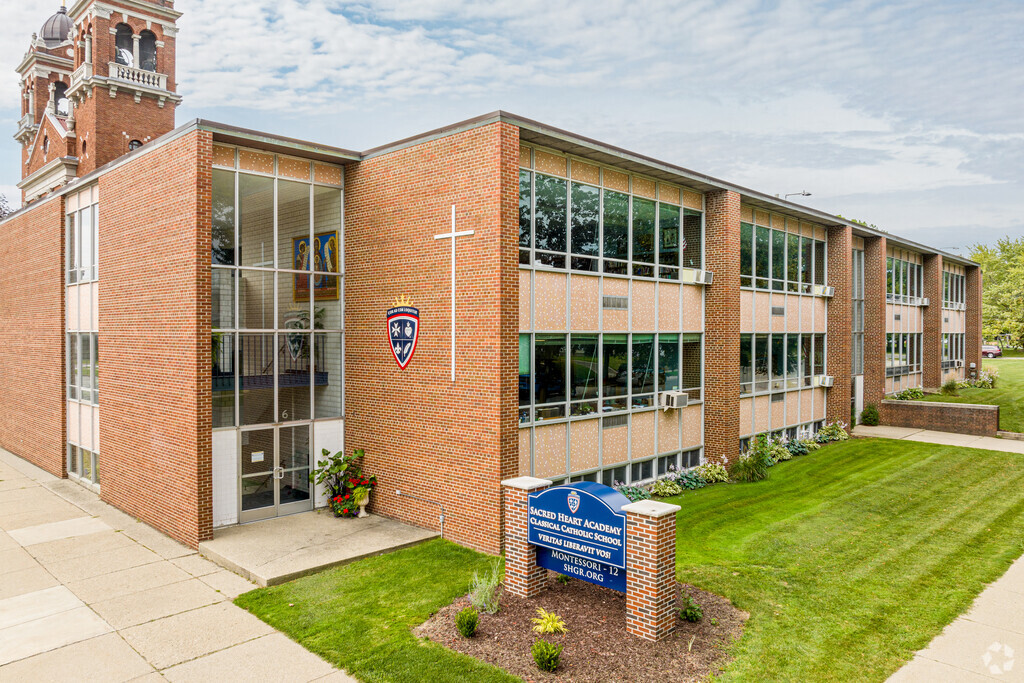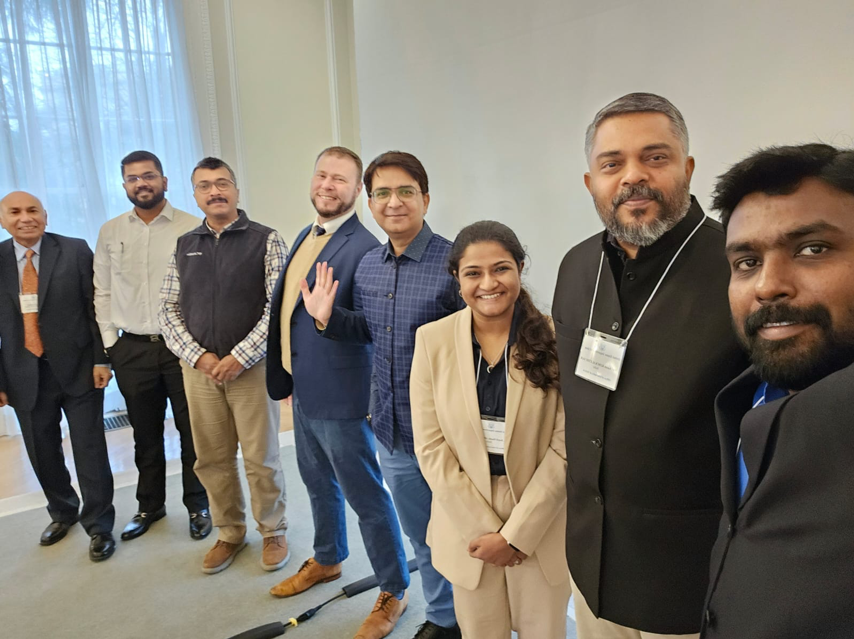October 1, 2014 marks the 65th anniversary of the People’s Republic of China. On this historic occasion, Cornerstone contributors examine the nature of religious freedom in China and its impact on various religious groups such as Tibetan Buddhists, Uighur Muslims, Protestants, and Catholics.
By: Carsten T. Vala
How can religious freedom in contemporary China be better and worse? First, religious freedom is better after contextualizing Chinese Communist Party (CCP) religion policies culturally, historically, and politically. Second, religious freedom is worse for some groups, because CCP treatment varies by religion, ethnic group, and religious history.
Culturally, the CCP oversight of religion is not new. The early twentieth century Republican government also monitored and registered religious groups. Over thousands of years, imperial dynasties also controlled religion, even to the extent that Buddhist monks took state exams to be certified. In short, today’s Chinese Communist Party’s monitoring of religion is culturally compatible with China’s long history. Historically, over the twentieth century, the Chinese Communist Party’s religion policies have improved considerably from the time of Chairman Mao Zedong’s rule. To control religions it viewed as linked to “foreign imperialism” and “feudalism,” the CCP set up bridge associations staffed by officials and religious collaborators that corralled believers into party-approved sites. By the Cultural Revolution (1966-1976), the CCP completely suppressed religion, calling it a part of the pre-revolutionary “feudal” era. Today, compared with the earlier Mao era, religion is (mostly) freer as hundreds of millions of public worshipers fill reopened churches, temples, and mosques, in one of the most rapid revivals of religion in world history.
Politically, the CCP treats religions based on its views of the different threats and opportunities they represent. Five official religions are recognized: Buddhism, Catholicism, Daoism, Islam, and Protestant Christianity. In addition to the bridge associations that oversee religion, a Religious Affairs Bureaucracy also monitors the activities of worshippers in officially registered churches, mosques, and temples across the land. Another Party office also keeps close ties with approved religious leaders of these sites. However in many cases, the official policy of site registration and oversight is weakly implemented at the grassroots, allowing unofficial religious groups to organize as well.
Generally speaking, religious freedom is greatest for those Chinese citizens whose practices the CCP views as culturally assimilated (Buddhists, Daoists, and popular religions) and least for those who live in strategic border regions (Tibetan Buddhists and Muslims). I’ll consider these groups in turn, beginning with the Christian groups.
The CCP particularly suspects Christianity’s overseas ties. In fact, only the bridge associations for Christians, the Chinese Catholic Patriotic Association, and the Protestant Three Self Patriotic Movement include the word “patriotic” due to historic distrust of links to foreign domination before 1949. Still, Chinese Christians overall have a much freer worship environment than in years past because many worship in unregistered congregations apart from the state-sanctioned “official” churches. Local officials usually turn a blind eye toward these unregistered groups, so long as they remain small and do not link across jurisdictional boundaries, nor invite foreigners to train and preach.
At the same time, the lack of official status leaves unregistered groups vulnerable. Prominent unregistered congregations that attempted to gain official status by registering have been suppressed, when they rejected the CCP’s oversight. Most recently, in early 2014, a CCP provincial leader in coastal China launched a campaign to remove prominent crosses and raze churches (and folk religion temples) throughout Zhejiang province. Although the campaign has been limited to one province, its months-long duration leaves questions about whether the national government implicitly approves of the attacks.
Less ambiguous has been reduced religious freedom for Tibetan Buddhists. CCP policies have greatly increased investment in Tibetan regions even as a policy of Han Chinese immigration into cities has increased the sense that Tibetans are a minority population under pressure. After widespread Tibetan demonstrations in 2008, Chinese authorities have exerted ever greater pressure on Tibetan Buddhists by increasing oversight of Tibetan temples and monasteries. Still, officials have failed to prevent the most horrifying trend: Since 2009, more than 100 Tibetans living in Tibetan areas have died by self-immolation, a costly protest that signifies desperation at Chinese rule.
Uighur Muslims have also faced declining religious freedom, as violent incidents have reflected ethnic frustration with Han Chinese rule and led to increasing official repression. Decades of Han immigration has cut reduced Uighurs to 60% of the total population. In 2009, demonstrations by Uighurs in northwestern China’s Xinjiang Province for an investigation into the deaths of two Uighurs in eastern China turned violent, leaving hundreds dead and injured. Attacks on Xinjiang police stations and, in 2014, on train passengers in southwestern China have left dozens more dead. In reaction, some CCP authorities in 2014 in Xinjiang banned fasting during Ramadan while others prohibited men with long beards and veiled women from riding public buses. Other new policies promote interethnic marriage and limit Xinjiang’s Muslims to one child, a policy that other minorities do not face.
Han Chinese Buddhists and Daoists, by contrast, enjoy greater freedom because authorities view these religions as so integrated with Chinese culture that they present opportunities, not threats. Local authorities often turn such temples into tourist sites to boost local state revenues. Monks struggle to protect religious practices from increasing commodification, as the Buddhist temple in southwestern China that closed its doors last month to block commercialization by local officials.
Popular religious practices claim the largest number of worshipers, and only a few areas experiment with rules recognizing them. Temple leaders may protect sites by registering them as Buddhist or Daoist sites or as cultural heritage sites, with permission of local officials eager to welcome worshipers and boost local economies.
In the future, religious freedom will remain a secondary issue for a Chinese Communist Party focused on economy and security. Expanding religious freedom would likely boost the economy, allowing adherents to travel, invest, and work without restrictions. The US government should continue to call for China’s adherence to international human rights standards, even if the Chinese Communist Party will prioritize concern about unrest in border regions for Tibetan Buddhists and Uighur Muslims, suspicious ties to foreigners for Christians, and the need for Buddhists, Daoists, and popular religious groups to fill local government coffers.
Carsten T. Vala is an associate professor of Political Science at Loyola University Maryland and a non-resident research fellow of Purdue University’s Center on Religion and Chinese Society.
This piece was originally authored on October 1, 2014 for the Religious Freedom Project at Georgetown’s Berkley Center for Religion, Peace, and World Affairs.
THE RFI BLOG

Religious Freedom Is Back on the UK’s Agenda

Be More Faithful, Become More Resilient: An Invitation to Religious Institutions

How Soccer Reveals Different Meanings Of ‘Secular’ In France And The US

RFI’s Ismail Royer Meets with Delegation from India

Protecting the Unborn, Mothers, and Medical Ethics: The Stakes of Arkansas’ Amendment
CORNERSTONE FORUM

Public Bioethics & the Failure of Expressive Individualism

Religious Liberty in American Higher Education

Scotland’s Kate Forbes and the March of Secularism

70 Years of Religious Freedom in Sweden: Prospects and Challenges


